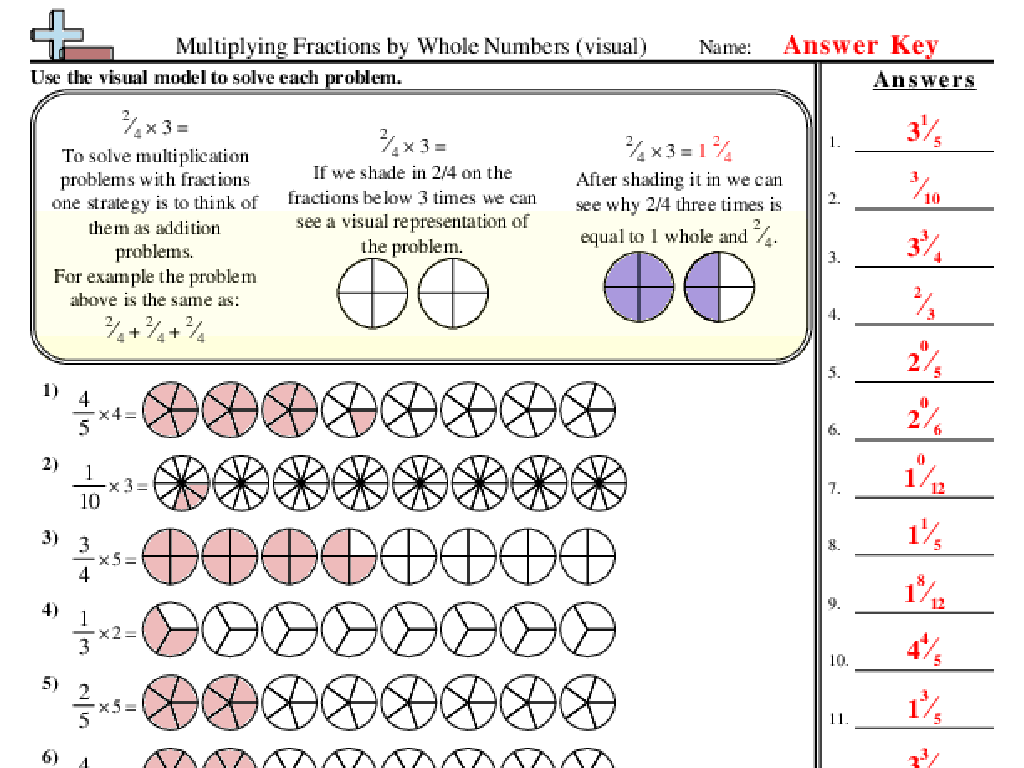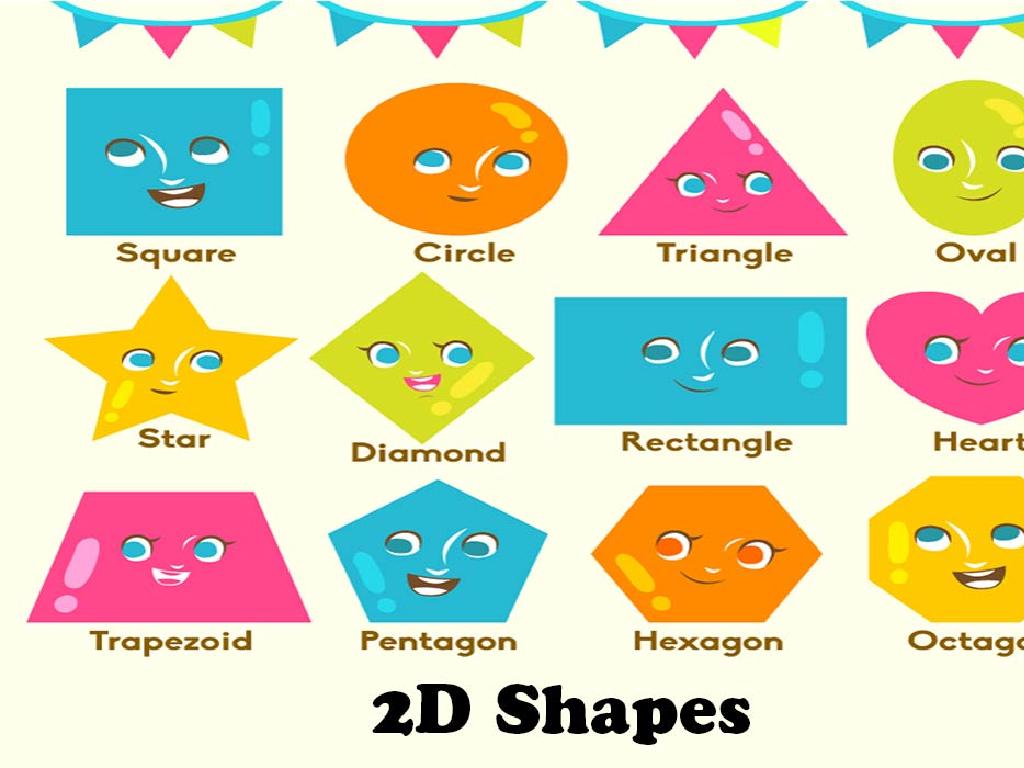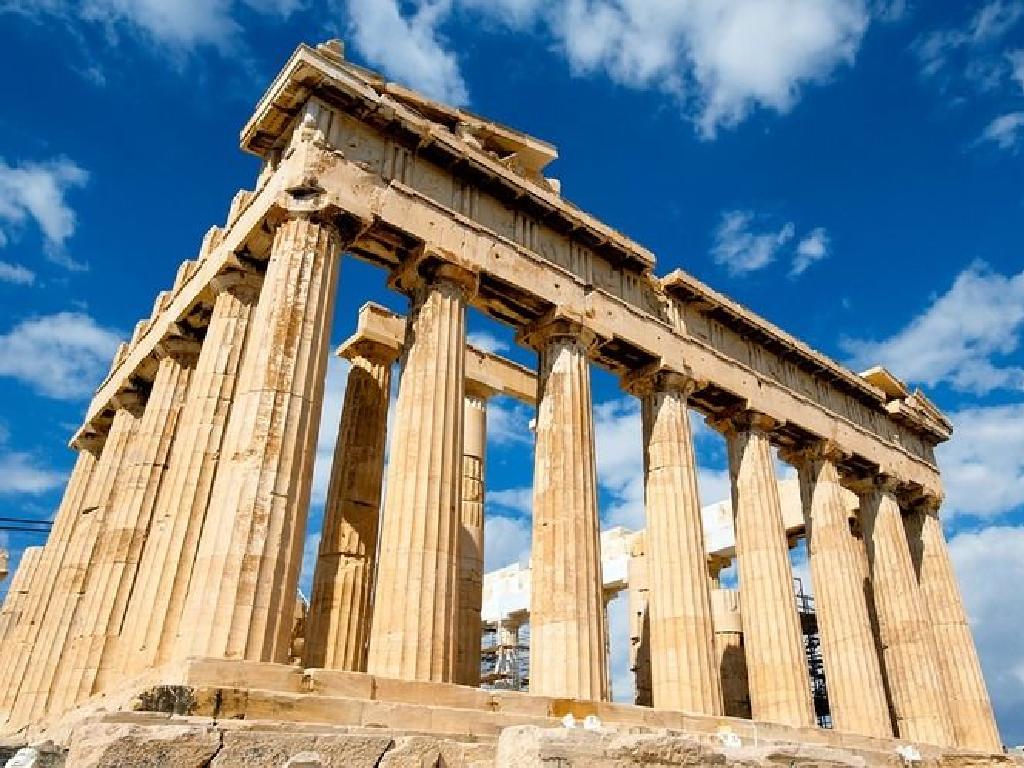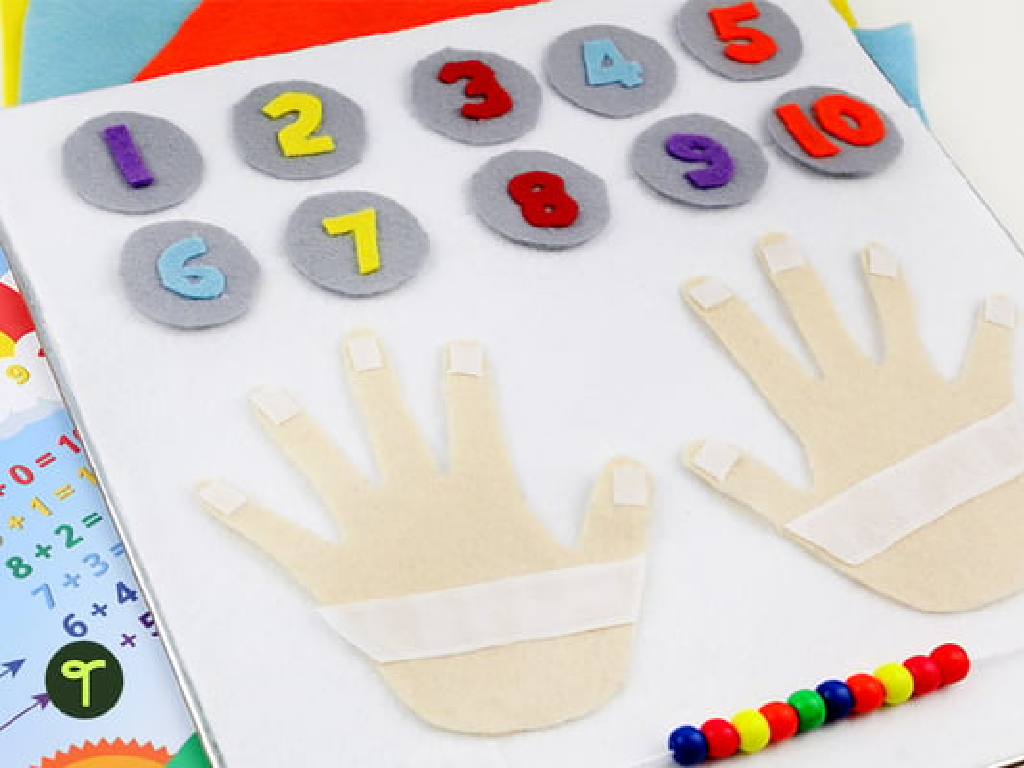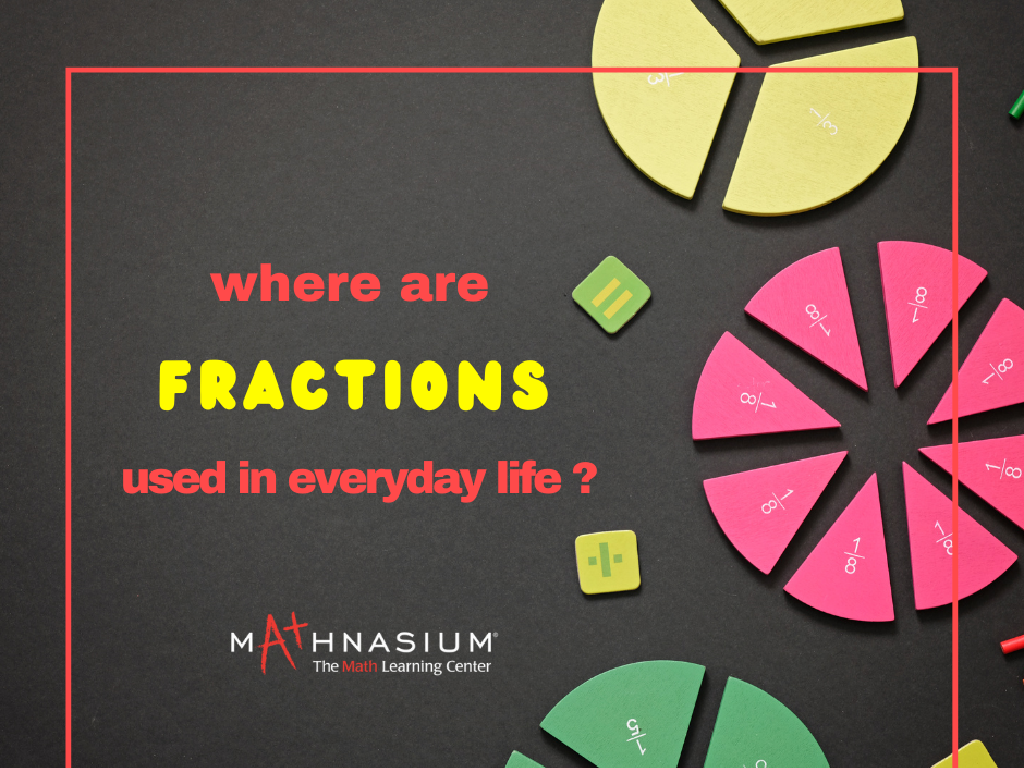Surface Area Of Cubes And Prisms
Subject: Math
Grade: Seventh grade
Topic: Surface Area And Volume
Please LOG IN to download the presentation. Access is available to registered users only.
View More Content
Welcome to Surface Area!
– Understanding Surface Area
– Surface area is the total area of all faces of a 3D object.
– Surface Area in Real Life
– Used in packaging, construction, and design.
– Focusing on Cubes and Prisms
– Learn to calculate surface area for these shapes.
– Applying Knowledge Practically
– Solve real-world problems using surface area.
|
Begin the lesson by explaining the concept of surface area as the sum of the areas of all the faces of a three-dimensional object. Highlight the importance of surface area in various real-life scenarios such as determining the amount of paint needed for a room or wrapping a gift. Today’s focus will be on understanding how to calculate the surface area of cubes and prisms, which are fundamental shapes in geometry. Emphasize the practical applications of this knowledge by discussing how it can be used in everyday situations, such as in architecture or product packaging. Encourage students to think of examples where they encounter surface area in their daily lives.
Exploring Surface Area
– Definition of Surface Area
– The total area of all faces and sides of a 3D object
– Surface Area vs. Volume
– Surface area covers the exterior, volume measures inside space
– Units for Surface Area
– Measured in square units, e.g., cm², m²
– Calculating Surface Area
– Use formulas to find the surface area of cubes and prisms
|
Begin with explaining the concept of surface area as the sum of all the areas of the faces and sides of a three-dimensional object. Highlight the difference between surface area and volume, emphasizing that surface area refers to the covering of the object, while volume measures the space within it. Discuss the units of measurement for surface area, which are always in square units, and ensure students understand why we use square units. Conclude by introducing the formulas for calculating the surface area of cubes and prisms, which will be explored in more detail in subsequent slides. Encourage students to visualize wrapping a gift as a practical example of surface area.
Exploring the Cube: Surface Area
– Cube properties overview
– All faces are equal squares
– A cube has 6 faces, each with 4 equal sides
– Surface Area formula: 6 * side^2
– To find total area, calculate one face & multiply by 6
– Practice with real examples
– Use objects like dice to visualize & calculate surface area
|
This slide introduces students to the geometric properties of a cube, emphasizing that all faces are squares with equal sides. It presents the formula for calculating the surface area of a cube, which is six times the area of one face (since a cube has six faces). Encourage students to memorize the formula and understand its derivation. Provide examples of cubes, such as dice or blocks, to help students visualize the concept. Instruct them to practice finding the surface area of cubes with different side lengths to reinforce their understanding. The goal is for students to become comfortable with the formula and to apply it to various problems.
Exploring Surface Area of a Cube
– Surface area calculation example
– Example: Cube with side 3 cm, surface area = 6 * (side length)^2
– Practice with a given side length
– Calculate surface area for side length 5 cm
– Effect of side length on surface area
– Doubling side length increases surface area by four times
– Discuss practical implications
|
Begin with an example to demonstrate how to calculate the surface area of a cube. Use a cube with a side length that is easy to work with, such as 3 cm, to keep calculations simple for seventh graders. Move on to a practice problem where students calculate the surface area for a cube with a given side length, for instance, 5 cm. Discuss how changing the side length affects the surface area, emphasizing that as the side length doubles, the surface area increases by a factor of four. This concept helps students understand the relationship between dimensions of a shape and its surface area. Conclude with a discussion on the practical implications of surface area in real-life scenarios, such as gift wrapping or painting a cube-shaped object.
Exploring Prisms: Surface Area Study
– What defines a prism
– A solid object with two identical ends and flat faces.
– Prism components: bases to vertices
– Bases are top & bottom; faces are sides; edges are where faces meet; vertices are corners.
– Various prism types
– Examples include rectangular and triangular prisms.
– Calculating surface area
– Add areas of all faces to find total surface area.
|
This slide introduces students to the concept of prisms, which are a fundamental part of understanding three-dimensional shapes in geometry. Start by defining a prism and identifying its characteristics. Discuss the components of prisms, such as bases, faces, edges, and vertices, and how they contribute to the structure of the prism. Introduce the different types of prisms, focusing on rectangular and triangular prisms as they are the most common. Finally, explain the process of calculating the surface area by finding the area of each face and summing them up. Provide examples for each type of prism and encourage students to visualize the process by drawing or using models.
Calculating Surface Area of Prisms
– Prism surface area formula
– SA = 2B + Ph (B is base area, P is perimeter of base, h is height)
– Decompose prism into faces
– Identify each face as a shape (rectangle, triangle, etc.)
– Calculate area of each face
– Use appropriate area formulas for each face
– Sum areas for total surface
– Add all face areas to find the total surface area
|
This slide introduces the concept of finding the surface area of prisms. Start by explaining the formula for surface area, which includes the area of the bases and the product of the perimeter of the base with the height of the prism. Illustrate how to break down a prism into its individual faces, which will typically be rectangles or triangles. Teach students how to apply the correct area formula for each face shape. Emphasize the importance of precision in calculation and double-checking work. As an activity, provide different prism examples for students to practice decomposing, calculating each face’s area, and then summing these to find the total surface area.
Calculating Surface Area of Prisms
– Surface area of a rectangular prism
– Example: Find a prism’s surface area
– Example: Length=5cm, Width=3cm, Height=2cm. Surface Area=2(lw+lh+wh)
– Practice: Calculate with dimensions
– Use the formula to calculate given prism dimensions
– Discuss: Prisms in the real world
– Identify everyday items shaped like prisms and discuss their surface areas
|
This slide is focused on teaching students how to calculate the surface area of rectangular prisms. Start by explaining the formula for surface area: 2(lw + lh + wh), where l is length, w is width, and h is height. Walk through an example calculation using specific dimensions. Provide practice problems with different dimensions for students to solve individually or in small groups. Finally, engage the class in a discussion about real-life objects that are prismatic, such as boxes, buildings, and books, to help them relate the concept to the world around them. Encourage students to think about how surface area might be an important factor in the design and construction of these objects.
Class Activity: Crafting and Calculating Prisms
– Gather materials: paper, scissors, tape
– Construct a paper prism model
Follow the steps to create a 3D prism
– Calculate the surface area
Use the formula SA=2lw+2lh+2wh
– Share your results with the class
|
This hands-on activity is designed to help students understand the concept of surface area through a practical exercise. Provide students with paper, scissors, and tape to construct their own 3D prism models. Once the models are built, guide them through the process of calculating the surface area using the formula SA=2lw+2lh+2wh, where l is the length, w is the width, and h is the height of the prism. Encourage students to work in pairs or small groups to foster collaboration. After calculations, ask students to share their models and surface area results with the class to reinforce their understanding and to practice their presentation skills. Prepare additional examples of prisms with different dimensions for students who finish early or need extra practice.
Review and Reflect: Surface Area
– Recap surface area calculation
– Review formulae for cubes and prisms
– Q&A session for doubts
– Ask questions to clear up any confusion
– Homework: Surface area at home
– Find household items shaped like cubes/prisms
– Share findings next class
– Measure and calculate their surface area
|
This slide aims to consolidate the students’ understanding of calculating the surface area for cubes and prisms. Begin with a brief review of the formulas for surface area calculation. Encourage students to ask questions to clarify any doubts they may have, fostering an interactive Q&A session. For homework, instruct students to identify items at home that resemble cubes or prisms, measure their dimensions, and calculate the surface area. This practical exercise will help them apply mathematical concepts to real-world objects. In the next class, students will have the opportunity to share their findings and discuss any challenges they encountered. This activity not only reinforces their learning but also enhances their measurement and calculation skills.
Wrapping Up: Surface Area Mastery
– Congratulations on your hard work!
– Practice is key to understanding
– Regular practice solidifies concepts
– Surface area is foundational knowledge
– Used in real-life applications, like packaging
– Next lesson: Exploring Volume
|
Great job on today’s lesson on the surface area of cubes and prisms. Remember, practice is crucial for mastering mathematical concepts. Encourage students to continue practicing problems at home to reinforce their understanding. Highlight the importance of surface area in practical situations, such as designing packaging or painting walls. Let them know that in the next class, we will build on this knowledge by learning about volume, which is equally important in understanding three-dimensional shapes. Prepare to introduce volume with some hands-on activities to help students visualize the concepts.

